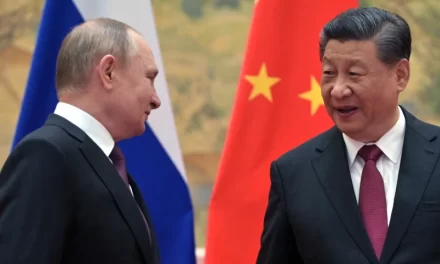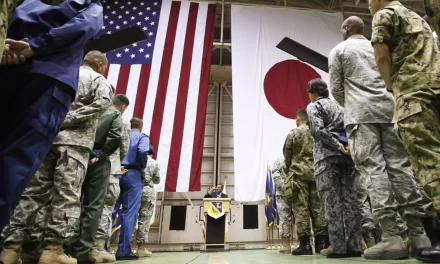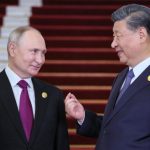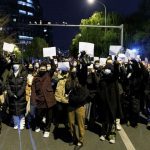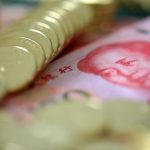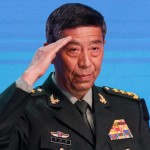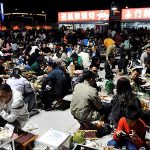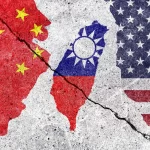By JIANLI YANG
China seems to have put into action one of the dictums propounded by Sun Tzu in The Art of War, viz. “Appear weak when you are strong, and strong when you are weak.”
China’s weakness came to the fore when it failed to effectively handle the outbreak of COVID-19 in its initial stages and was caught on the back foot with the U.S., Australia and other countries blaming it and seeking an investigation.
So, what did China do? Rather than adopting a remorseful demeanor, China portrayed itself as “strong” by displaying an aggressive attitude. Not only did the Chinese diplomats turn into “wolf warriors,” taking on all those who questioned Beijing, but the Chinese Communist Party (CCP) regime also came down harsh on Hong Kong, displayed belligerence in the Taiwan Strait, South China Sea and East China Sea, and engaged in land border clashes with India.
But China seems to have gone too far in this faux display of strength—so much so that it has now created new adversaries for itself and is struggling to handle the backlash. Take the example of India and the recent Sino-India confrontation in the Galwan Valley.
The cordial relationship that India and China had built consequent to summit meetings between Chinese President Xi Jinping and Indian Prime Minister Narendra Modi in Wuhan in 2018 and Mamallapuram in 2019 has been jeopardized due to China’s actions along the Line of Actual Control. In its anxiousness to appear “strong,” China revealed its ugly, untrustworthy side to India. In response, India adopted a string of measures in various spheres—diplomacy, military, economy and technology.
Other countries also stood up in support of India and voiced opposition to China’s latest territorial expansionist move in the Himalayan region. U.S. Secretary of State Mike Pompeo minced no words in condemning China and its “incredibly aggressive action” on the Indian border. According to the U.S., the incident “dovetailed with a larger pattern of Chinese aggression in other parts of the world.” French Defense Minister Florence Parly, expressing condolence over the death of Indian soldiers, conveyed the French Armed Forces’ firm and friendly support to India. Japanese Ambassador to India Satoshi Suzuki also expressed opposition over China’s “unilateral attempt to change the status quo.” Australia, too, took a similar approach, with Barry O’Farrell, Australian high commissioner, commenting that both India and Australia were “grappling with the implications of creeping authoritarianism.”
India’s own strong response, and the support it received from other countries over the clash, rattled China. After all, Beijing was only trying to “appear strong” when it actually was not!
Until now, China had felt secure in its awareness that India, while cautious of China’s rise, assertiveness and belligerent moves elsewhere, had avoided outwardly aligning itself with other countries in countering it. Even though the U.S. repeatedly mentioned India’s importance in the Indo-Pacific framework, India had taken a circumspect approach toward it. New Delhi had also maintained a balance and did not join the Western forces in blaming China over the COVID-19 debacle. However, China is now wary that India, as a result of the misadventure in the Galwan Valley and push from Western governments and media, could adopt a path that is not in China’s interest.
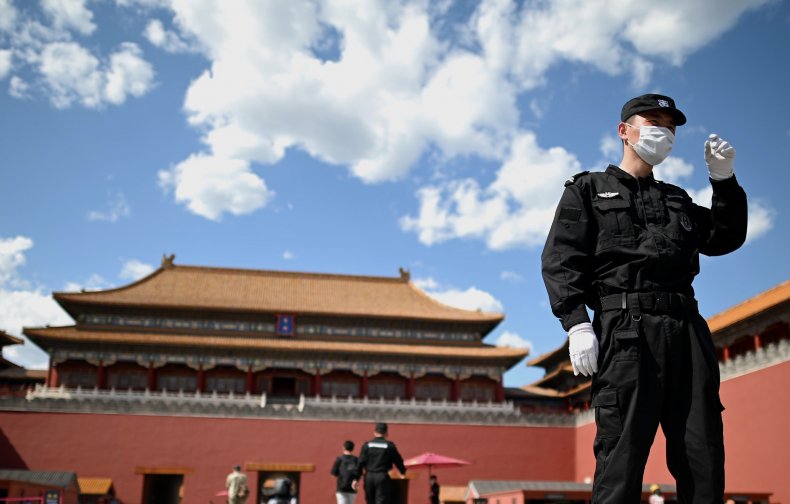
One look at the editorials that appeared after the Galwan Valley clash in Global Times, the official mouthpiece of the CCP, reveals the extent of China’s apprehensions and anxiety. Normally one would have expected Global Times to launch a barrage of criticism and condemnation on India. However, its tone towards India has been surprisingly sober. Instead of directly confronting the Indian government, Global Times blamed the U.S.-led Western countries and media outlets for “fanning the flames of tension between India and China” by portraying India as a “hero” standing up to China’s “bullying.” It repeatedly cautioned India against coming under the influence of Western countries and ending up as “cannon fodder” at the expense of its own national interest. It also tried to play up the sentiment of regional bonding with India. Highlighting that the territorial disputes in East Asia were actually the legacy of Western colonial rule or America’s post-World War II occupation, it urged India to adopt the path of “peaceful co-existence” with the countries of its region.
Beijing’s sense of insecurity over the prospect of losing India’s goodwill came out vividly when a Global Times editorial tried to convince India that “China has never been a ‘wolf’ in its relations with India and in other issues concerning China’s core interests.” Further, it desperately tried to dissuade India from joining the “Five Eye alliance,” stressing that it would not serve India’s national interest. It expressed hope that the Modi administration would overcome anti-China sentiments coming in from all quarters and instead embrace amicable bilateral relations with China.
While trying to persuade India that it cannot afford to apply a coercive policy toward China, the Global Times fails to recognize that, at this stage, it is actually China that cannot afford to antagonize India, lest India too join the Western countries in countering China.
A similar scenario is brewing among the countries of Southeast Asia, which are troubled by China’s increasing expansionism and aggressiveness in the South China Sea.
Sun Tzu’s strategy seems to have backfired on China. It has only further weakened Beijing’s standing in the world. China now seems to have more adversaries than supporters and is reeling under the constant fear of being totally cornered.
But India and its allies cannot afford to be too optimistic. Military preparation and economic competition will not be the only components of that strategy, though they are very important ones. The very nature of China’s regime poses a threat to India’s interests and security. The CCP, with its strong economic resources, military power and determination to maintain its “Red Empire,” is not giving up on implementing, both domestically and abroad, a strategy of divide-and-conquer, intimidation and coercion.
For the time being, however, Asia lacks a multinational, democratic coalition to collectively respond to threats posed by China or any other crises. Asian democracies should form an alliance. India, as the world’s largest democracy, should play a leadership role in the formation of this alliance. An integrated Asia dominated by the CCP would be based on a completely different value system. Once formed, it would become a nightmare for Asian democratic countries—and a setback for the entire free world. It is no exaggeration to say that we face a critical moment that will determine whether Asia is defined by democracy or tyranny, and India has a responsibility to act.
Dr. Jianli Yang is founder and president of Citizen Power Initiatives for China.
The views expressed in this article are the writer’s own.
This article first appeared in Newsweek on 8/3/20


